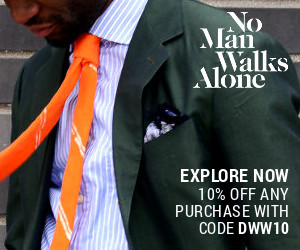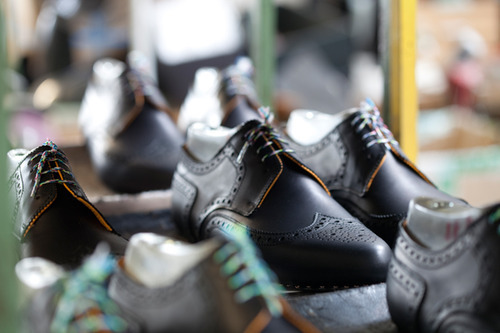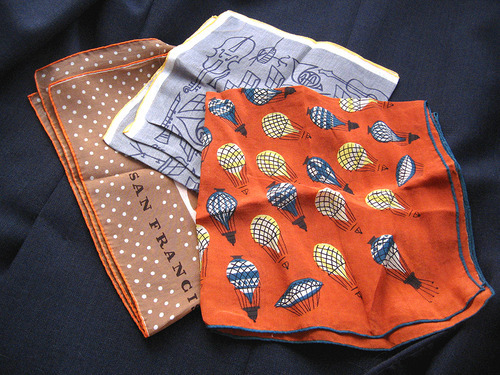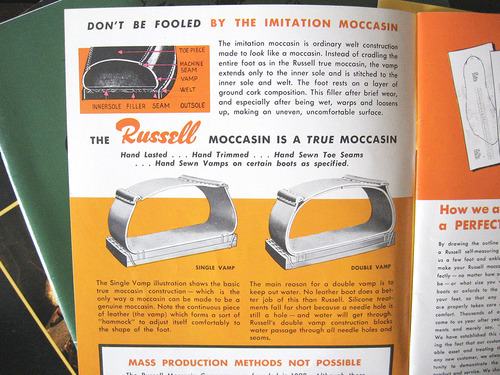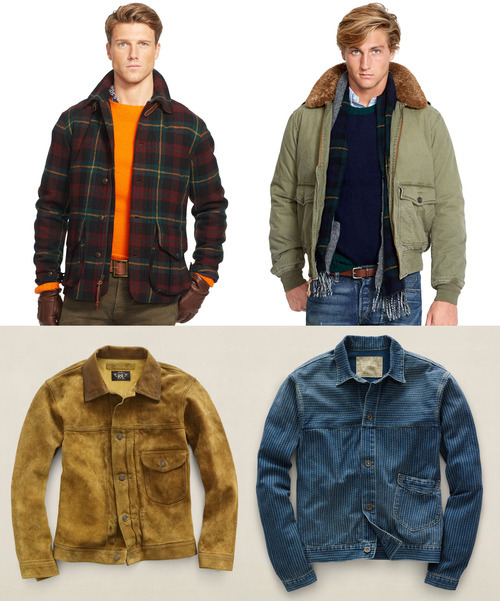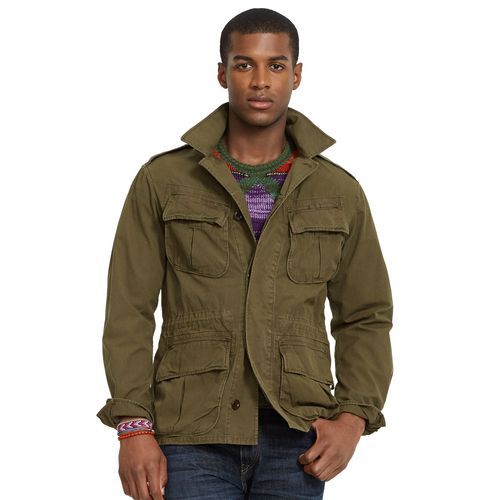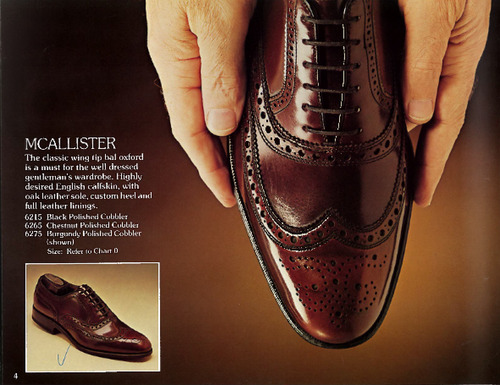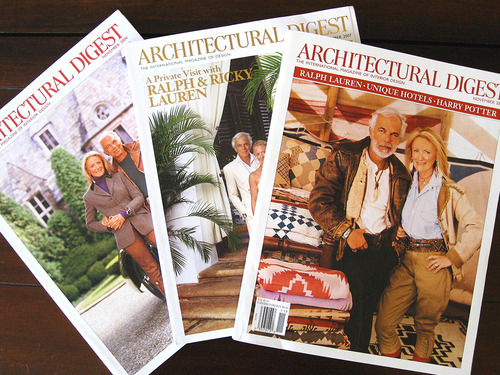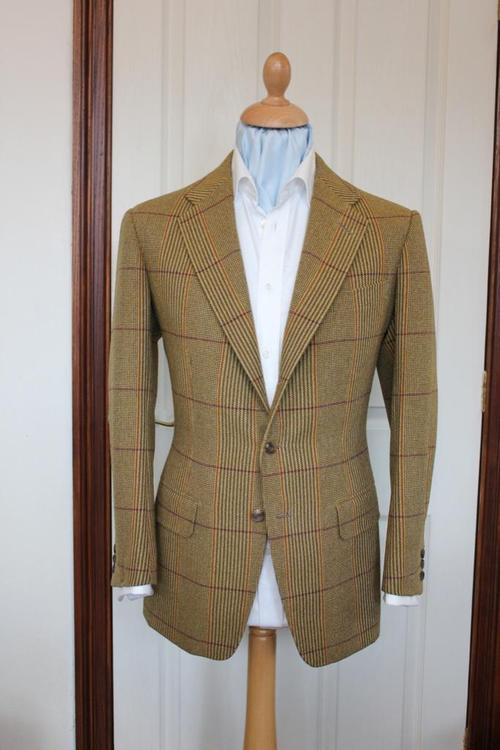
I may be speaking too soon – as this jacket is still in transit to me – but this Russell plaid sport coat by Steed may be the best tailored jacket I will ever own. It was inspired by a photo of George Frazier, a writer who started his career as a jazz critic before moving on to more general topics. In 1960, Esquire published his essay titled “The Art of Wearing Clothes,” which in my opinion, is one of the best pieces of writing on men’s style that has ever been penned. A must read, if you haven’t already.
Russell plaid is a distinctive check. It’s something like a tan glen plaid, but with the horizontal stripes stripped away, so only the vertical ones remain. For the lateral sections, there are dark, thin lines, typically in plum, brown, or rust orange, which help balance the rest of the pattern. You can find it in the form of a made-to-order hacking jacket at Leonard Logsdail, or in Harrisons and Hardy Minnis’ books if you’re going bespoke. Mine is from Harrisons (Porter & Harding’s Hartwist No. 32137), which is a darker color than the beigey version you’ll find from Hardy.
This jacket reflects Steed’s house style well, although I did have some things adjusted. The quarters are cut slightly more open, to give the jacket a dynamic look, but aren’t so open that I feel they define its style. I also asked for flapped welted pockets, rather than my usual patch, as I felt they’d give the tweed a certain kind of refinement. Additionally, I had the details done up in a more American or Italian sensibility, rather than British. The front is made with a 3/2 roll and a cheeky three buttons on each sleeve, rather than Steed’s default of four.
Keep reading




